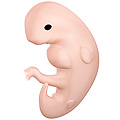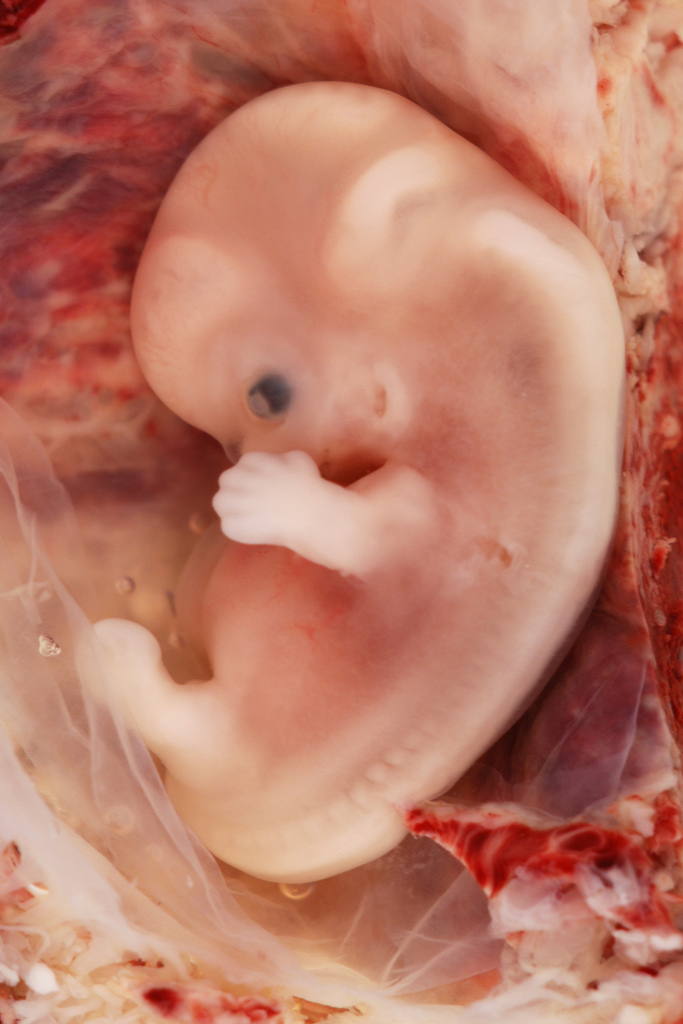Limb development
Editor-In-Chief: C. Michael Gibson, M.S., M.D. [1]
|
WikiDoc Resources for Limb development |
|
Articles |
|---|
|
Most recent articles on Limb development Most cited articles on Limb development |
|
Media |
|
Powerpoint slides on Limb development |
|
Evidence Based Medicine |
|
Clinical Trials |
|
Ongoing Trials on Limb development at Clinical Trials.gov Trial results on Limb development Clinical Trials on Limb development at Google
|
|
Guidelines / Policies / Govt |
|
US National Guidelines Clearinghouse on Limb development NICE Guidance on Limb development
|
|
Books |
|
News |
|
Commentary |
|
Definitions |
|
Patient Resources / Community |
|
Patient resources on Limb development Discussion groups on Limb development Patient Handouts on Limb development Directions to Hospitals Treating Limb development Risk calculators and risk factors for Limb development
|
|
Healthcare Provider Resources |
|
Causes & Risk Factors for Limb development |
|
Continuing Medical Education (CME) |
|
International |
|
|
|
Business |
|
Experimental / Informatics |
Overview


The vertebrate limb arises out of a general morphogenetic area called a limb field. The position of the limb field correlates with the anterior boundary of the Hoxc6 gene expression. Retinoic acid also plays a role in limb positioning. Blocking retinoic acid eliminates limb formation.
Limb formation occurs out of a reciprocal interaction between the mesenchymal cells and the overlying ectodermal cells. Cells from the lateral plate mesoderm and the myotome migrate to the limb field and proliferate to create the limb bud. The lateral plate cells produce the skeletal portions of the limb while the myotome cells produce the muscle components. The lateral plate mesodermal cells express FGF10 and induce the apical ectodermal ridge (AER) cells to express FGF8 and FGF4 which maintains the FGF10 signal and proliferation in the mesoderm. The position of FGF10 expression is regulated by Wnt8c in the hindlimb and Wnt2b in the forelimb. The forelimb and the hindlimb are specified by their position along the anterior/posterior axis and possibly by two T-box containing transcription factors: Tbx5 and Tbx4 respectively.
Programmed cell death removes the spaces between the digits and joints. BMP signaling induces cell death and Noggin block cell death in the digits.
Proximal/Distal Patterning
The limb is made up of three sections: stylopod, zeugopod, and autopod (in order from proximal to distal). Hox genes contribute to the specification of these segments. Mutations in Hox genes lead to proximal/distal losses or abnormalities[1]. There are two competing models for explaining the patterning of these sections.
Progress Zone Model
The AER creates a zone of cell proliferation and lays down the limb from proximal to distal. The time cells leave the AER determines their positional value. Proximal structures are formed earlier than distal structures.
The Progress Zone Model was proposed 30 years ago but recent evidence has conflicted with this model.
Experimental evidence:
- Removing the AER at a later period of development results in less disruption of distal structures than if the AER was removed early in development.
- Grafting a new bud tip on top of an old bud tip results in a deletion and duplication of structures.
Early Allocation and Progenitor Expansion Model or Prespecification Model
Cells are specified for each segment in the early limb bud and this population of cells expand out as the limb bud grows. This model is consistent with the following observations. Cell division is seen throughout the limb bud. Cell death occurs within a 200mm zone adjacent to the AER when removed--cell death removes some patterning. FGF beads are able to rescue limb development by preventing cell death.
Experimental evidence:
- Labeled cells in different position of an early limb bud were restricted to single segments of the limb[2].
- Limbs lacking expression of required FGF4 & FGF8 showed all structures of the limb and not just the proximal parts[3].
Anterior/Posterior Patterning
The Zone of Polarizing Activity (ZPA) in the limb bud has pattern-organizing activity by action of a morphogen gradient of Sonic hedgehog (Shh). Shh is both sufficient and necessary to create the ZPA and specify the anterior/posterior pattern in the distal limb (Shh is not necessary for the polarity of the stylopod). Shh is turned on in the posterior through the early expression of Hoxd genes, the expression of Hoxb8, and the expression dHAND. Shh is maintained in the posterior though a feedback loop between the ZPA and the AER. Shh induces the AER to produce FGF4 and FGF8 which maintains the expression of Shh.
Digits 3,4 and 5 are specified by a temporal gradient of Shh. Digit 2 is specified by a long-range diffusible form of Shh and Digit 1 does not require Shh. Shh cleaves the Ci/Gli3 transcriptional repressor complex to convert the transcription factor Gli3 to an activator which activates the transcription of HoxD genes along the anterior/posterior axis. Loss of the Gli3 repressor leads to the formation of generic (unpatterned) digits in extra quantities[4].
Dorsal/Ventral Patterning
Dorsal/Ventral Patterning arises from Wnt7a signals in the overlying ectoderm not the mesoderm. Wnt7a is both necessary and sufficient to dorsalize the limb. Wnt7a also influences the anterior/posterior axis and loss of Wnt7a causes the dorsal side of limbs to become ventral sides and causes missing posterior digits. Replacing Wnt7a signals rescues this defect. Wnt7a is also required to maintain expression of Shh.
References
- ↑ Wellik D, Capecchi M (2003). "Hox10 and Hox11 genes are required to globally pattern the mammalian skeleton". Science. 301 (5631): 363–7. PMID 12869760.
- ↑ Dudley A, Ros M, Tabin C (2002). "A re-examination of proximodistal patterning during vertebrate limb development". Nature. 418 (6897): 539–44. PMID 12152081.
- ↑ Sun X, Mariani F, Martin G (2002). "Functions of FGF signalling from the apical ectodermal ridge in limb development". Nature. 418 (6897): 501–8. PMID 12152071.
- ↑ Chiang C, Litingtung Y, Harris M, Simandl B, Li Y, Beachy P, Fallon J (2001). "Manifestation of the limb prepattern: limb development in the absence of sonic hedgehog function". Dev Biol. 236 (2): 421–35. PMID 11476582.
Template:Developmental biology